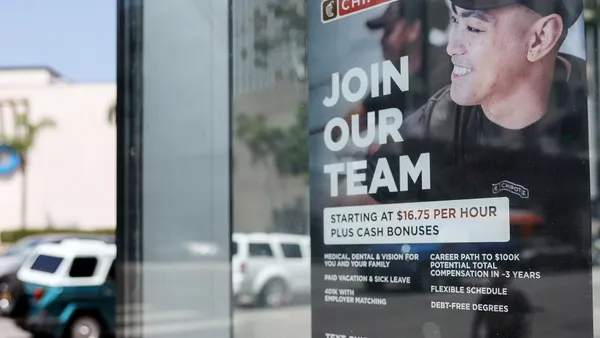In this time of financial crisis, organizations have the power to help employees build toward their financial future.
Employees are feeling the pain of our turbulent economy. Increasing personal debt and rising healthcare costs are forcing employees to sacrifice their long-term savings and their long-term health to focus on the reality of the here and now. At the same time, organizations are challenged to manage costs while offering compelling benefits packages that are supported by hyper-personalized experiences.
The past three years were supposed to bring a return to normalcy from a pandemic that upended Americans’ lives. Instead, with the cost of basic goods and services reaching a 40-year high and the stock market in a constant state of flux, many families have been hit hard. While we are starting to see incremental improvements, positive impacts will take time.
With each passing year, more Americans find themselves financially unprepared for retirement. Although they know a retirement savings gap exists, few have been able to take the steps to bridge the disconnect between what they need and what they have saved. Further compounding the situation are healthcare costs, which is another area of financial strain. The fear of accruing medical debt is preventing a significant portion of the population from seeking essential healthcare services — across preventative, nutritional and mental — potentially endangering their overall wellbeing.
With so many forces impacting employee wellbeing, how can organizations help them feel more productive, less stressed and healthier in their lives and at work? Delivering the right participant experiences — those presenting the full spectrum of relevant information and options — arm workers with what they need to make the best decisions.
See the below infographic exploring these key themes as well as how organizations can optimize their benefits programs, systems and processes for better experiences and outcomes.
Click here to download the infographic.











